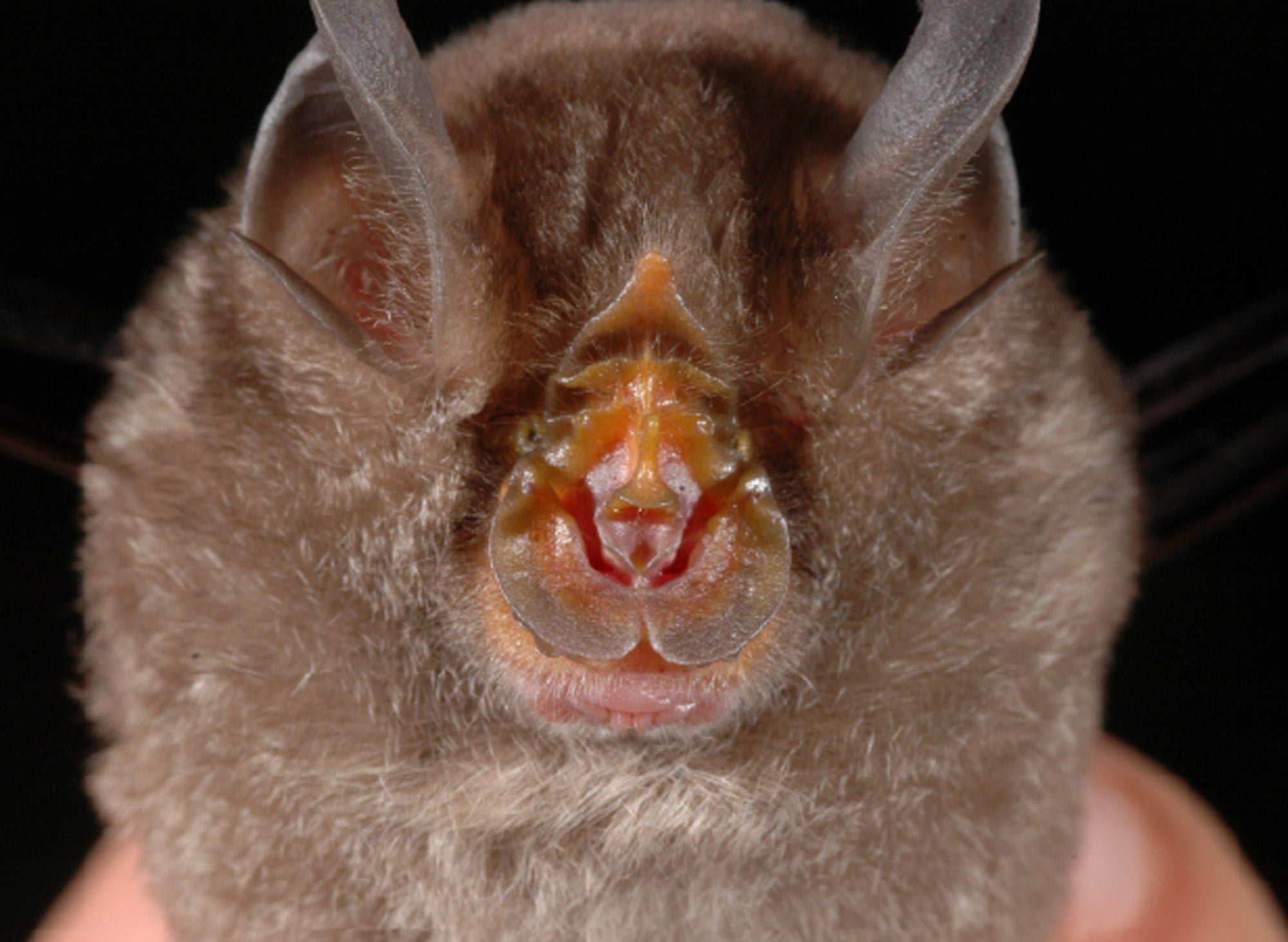Origins of virus responsible for Covid-19 traced to horseshoe bats
Scientists looked at the evolutionary history of bat coronaviruses related to SARS-CoV-2.

Your support helps us to tell the story
From reproductive rights to climate change to Big Tech, The Independent is on the ground when the story is developing. Whether it's investigating the financials of Elon Musk's pro-Trump PAC or producing our latest documentary, 'The A Word', which shines a light on the American women fighting for reproductive rights, we know how important it is to parse out the facts from the messaging.
At such a critical moment in US history, we need reporters on the ground. Your donation allows us to keep sending journalists to speak to both sides of the story.
The Independent is trusted by Americans across the entire political spectrum. And unlike many other quality news outlets, we choose not to lock Americans out of our reporting and analysis with paywalls. We believe quality journalism should be available to everyone, paid for by those who can afford it.
Your support makes all the difference.The origins of the virus responsible for Covid-19 have been “unambiguously” traced to horseshoe bats, according to a new study.
However, scientists said that “dramatically more wildlife sampling” is needed to pinpoint the creature that ultimately passed the virus to humans and warned that there is “undoubtedly” a virus highly related to SARS-CoV-2 still present somewhere in the wild.
The study, led by the MRC-University of Glasgow Centre for Virus Research, looked at the evolutionary history of bat coronaviruses related to SARS-CoV-2, the virus responsible for Covid-19.
It also looked at the phenomenon of virus recombination – when a host bat is infected with two coronaviruses at once and the viruses swap bits of their genetic material inside host cells to create a new “recombinant: virus.
It is clear that recombination is a defining feature of SARS-related coronaviruses and essential to account for when examining the viruses’ evolution
SARS-related coronaviruses, which include SARS-CoV-2, are dispersed over a large geographical area across China and South East Asia.
By tracing the recombinant sequence patterns, scientists concluded that there has been relatively recent geographic movement and co-circulation of these viruses’ ancestors, extending across their bat host ranges in China and South East Asia over the last 100 years.
The study stated that the origin of SARS-CoV-2 “can be unambiguously traced to horseshoe bats, genus Rhinolophus.”
However, a “direct proximal ancestor” to SARS-CoV-2 has not yet been found, since the closest known relatives collected in Yunnan shared a common ancestor with SARS-CoV-2 around four decades ago.
Professor David L Robertson, senior author on the study, said: “Our analysis highlights the need for dramatically more wildlife sampling to pinpoint the exact origins of SARS-CoV-2 and understand more fully the risk of infection of humans by viruses like these across China and South East Asia.
“The finding of bat coronaviruses that can so readily use the human – and other mammals’ – ACE2 receptor without having to undergo any significant evolutionary change underscores the inevitability of future spillovers.”
The new research analysed a wide distribution of related viruses in bats, with shared markers of viral recombination (specific points in the virus’s genetic material) suggesting that SARS-CoV-2 ancestors were frequently transmitting amongst bats species, with the virus changing and recombining over time as host bats were infected with two coronaviruses at once.
Spyros Lytras, first author of the study said: “Recombination is a mechanism seen in many viruses, where related viruses can swap bits of their genetic material when they find themselves infecting the same cell, resulting in a new mosaic virus.
“It is clear that recombination is a defining feature of SARS-related coronaviruses and essential to account for when examining the viruses’ evolution.”
Scientists said that more research is needed to pinpoint the exact origins of SARS-CoV-2’s progenitor to help prepare for the future.
The research paper stated: “An urgent question relating to the prevention of another emergence, is where in China or South East Asia is the SARS-CoV-2 progenitor located (our analysis shows this is not necessarily Yunnan); which bat or other animal species are harbouring sarbecoviruses and linked to this what is the risk of future spillover events?
“There is undoubtedly a virus highly related to SARS-CoV-2 still present somewhere in the wild.
“The best we can do is maximise the probability that future sampling efforts will uncover that host species or sub-species.”
The study is published in Genome Biology and Evolution.